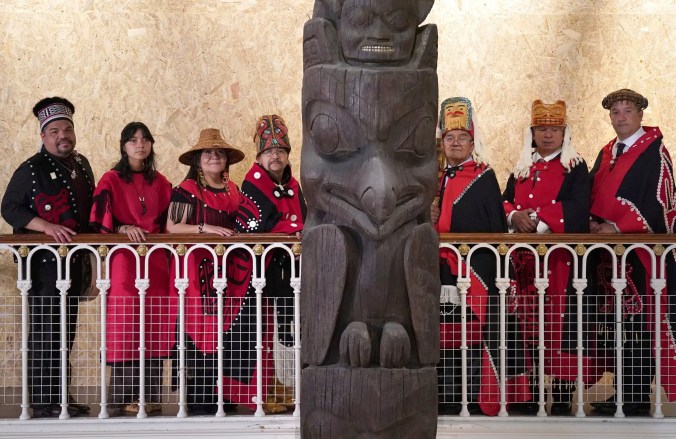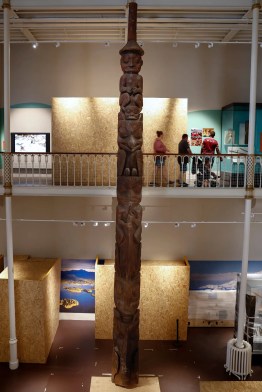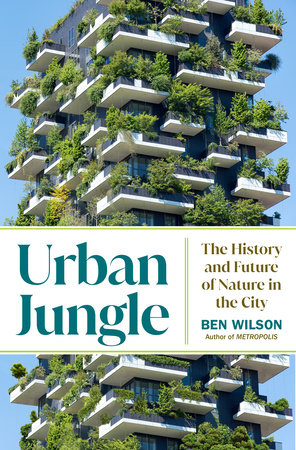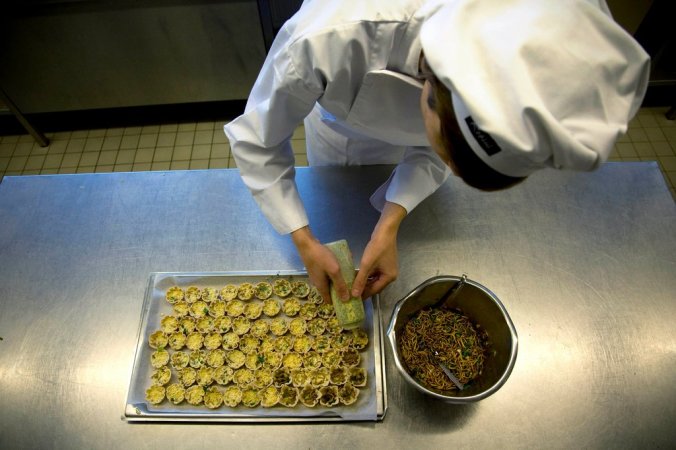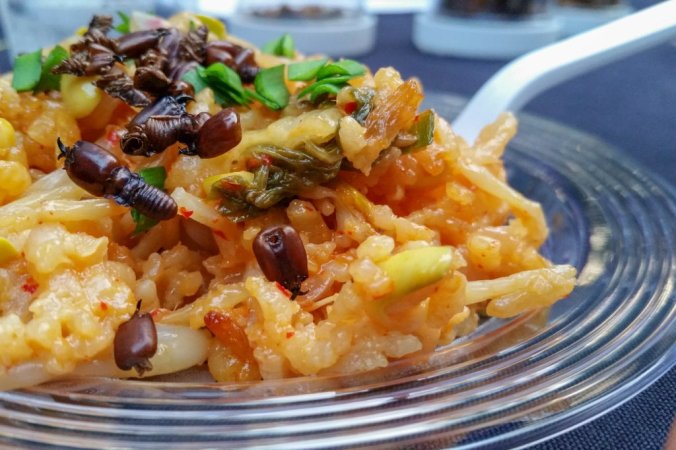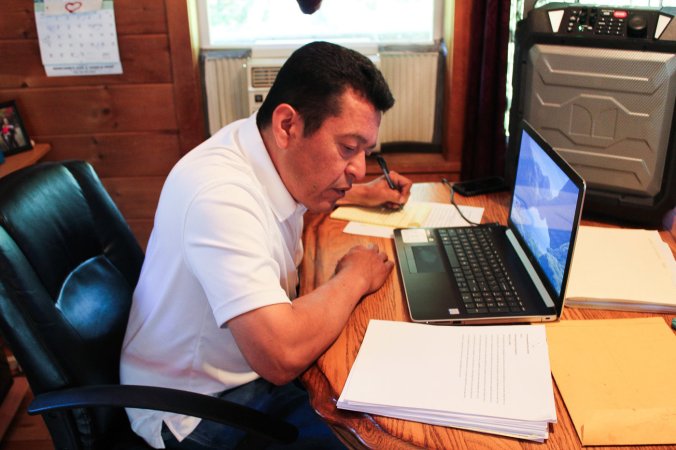
Image credit: Efe/Gelede Mask, Yoruba Culture, Western Nigeria and Benin, Africa. Collection of Dileep and Martha Mehta.

Aminata Konté, Kéréouane Village. Married at age 17Ami’s role with the Grandmother Project is to protect the young girls of her village. She sensitizes them to the dangers of early marriage and urges them to speak out if they don’t feel comfortable with the time that their parents want them to get married. She also explains and educates mothers on the dangers of female genital mutilation – a practice that has been a cultural tradition for centuries in Senegal. Once they identify that a young girl has a problem, the grandmothers of the community come together to discuss what to do as a group, and then confront the parents together. The parents rarely argue since elders are the most respected members of their community. Photograph by Tara Rice.
The Ogelthorpe University Museum of Art is one of the gems of the Atlanta area, for good reason. Not only does the museum have its own well curated collections, it receives visiting collections that are timely and powerful.
Tara Rice‘s Grandmother Project photographic series highlights the historically matriarchal influence within African cultures, coinciding with the project based in Senegal “promoting health, well-being and rights of women and children in developing countries through grandmother-inclusive and intergenerational programs that build on communities’ cultural values and resources.”
The photo series dovetails perfectly with the female centric collection of sculptures and masks in the sister exhibit, Stories Without an End.
January 18 – April 21, 2018
The exhibition Stories Without an End: Power, Beauty and Wisdom of Women in African Art of the Mehta Collection includes a selection of 50 classically carved wooden sculptures and masks drawn from the collection of Dileep and Martha Mehta.
The exhibition represents art from more than 25 ethnic groups spanning 12 countries. These objects are gathered into thematic groups including women in governance, maternity, idealized beauty, and female ancestors.
OUMA members Dileep and Martha Mehta are collectors of African and Asian arts. Their African art collection, including objects in this exhibit, has greatly benefited from diligent sourcing by and wise counsel of African Art dealers Tamba Kaba and Sanoussi Kalle.
This exhibition was developed by Elizabeth H. Peterson, OUMA director, and organized by Amanda Hellman, PhD, curator of African art, Michael C. Carlos Museum, Emory University.
Stories Without an End was inspired in part by the work of the Grandmother Project (GMP) an American 501(c)(3) nonprofit organization and a Senegalese NGO with representatives throughout the USA and abroad. GMP, with headquarters in Senegal, works with elders in West African villages to fight the maltreatment of young girls. This includes bettering maternal and child nutrition, reproductive health, and marriage standards. The exhibition title is inspired by the GMP initiative “stories without an ending,” which is a tool used to facilitate communication via the elders. For more about the Grandmother Project please visit www.grandmotherproject.org.
January 18 – April 21, 2019
The Grandmother Project (GMP) develops community approaches that promote positive and sustained improvements in the lives of girls, children, women, and families by building on existing cultural and community values, roles and assets in southern Senegal. Continue reading →

